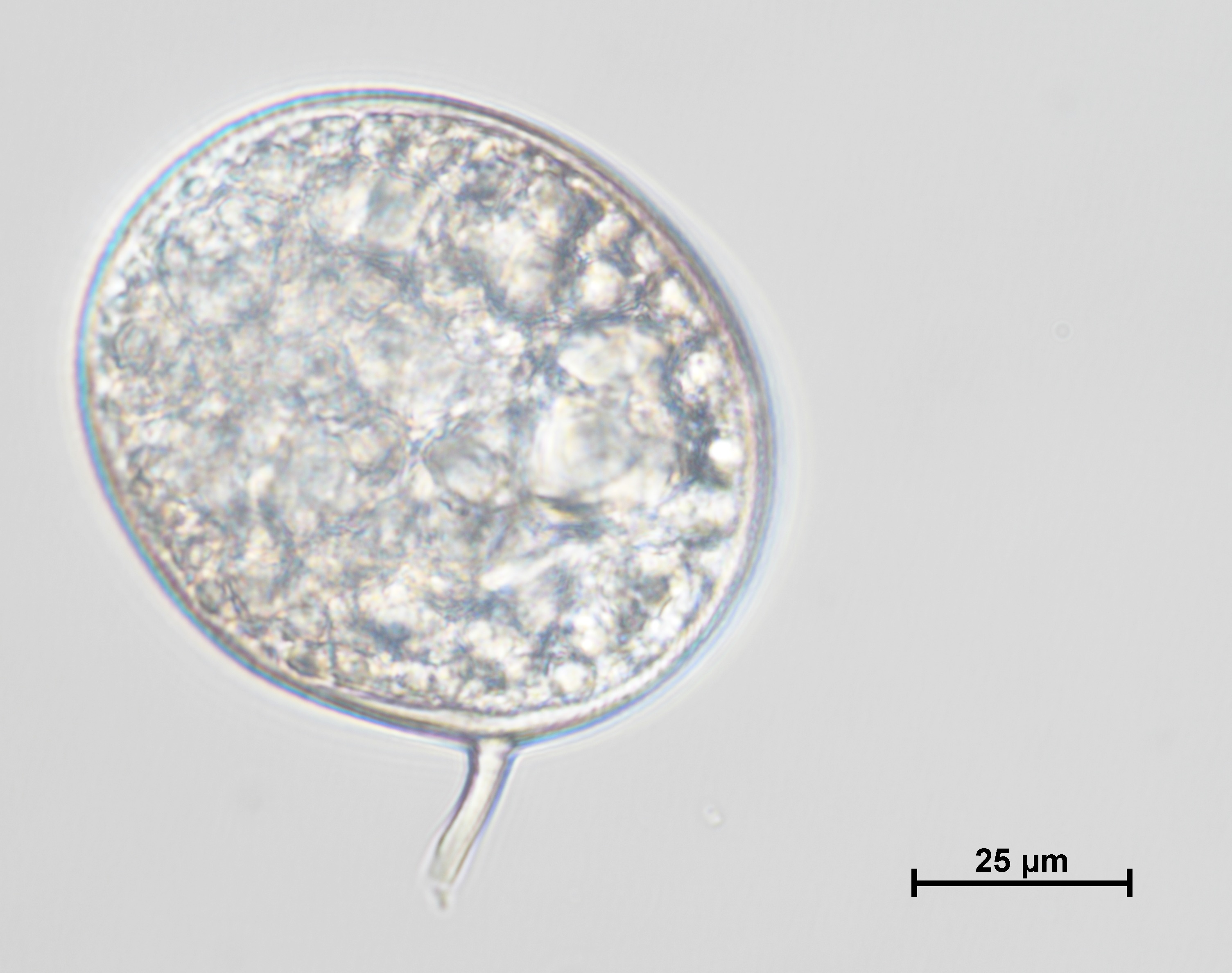
The Paraglomus occultum genome sequence and gene models have not been determined by the JGI, but were received from the laboratory of Nicolas Corradi at University of Ottawa on March 05, 2024. In order to ensure this genome is comparable to those sequenced by the JGI, we applied filters to remove if present: 1) transposable elements, 2) pseudogenes, 3) alternative transcripts and overlapping models, 4) alleles on secondary scaffolds and 5) unsupported short models. This resulted in the removal of 860 models and the generation of the FilteredModels1 (GeneCatalog) gene track. All of the original published models are available in the ExternalModels track. Please note that this copy of the genome is not maintained by the Corradi lab and is therefore not automatically updated. In order to allow comparative analyses with other fungal genomes sequenced by the JGI, a copy of this genome is incorporated into MycoCosm. The JGI Annotation Pipeline was used to add functional annotation to the genes.
Arbuscular mycorrhizal fungi (AMF), found within the fungal subphylum Glomeromycotina, are mutualistic symbionts for the majority of vascular plant species, having developed a mutualistic bond with their roots. Within this symbiosis, these fungi improve their host's nutrient and water absorption capabilities while receiving sugars and lipids in return, as well as providing enhanced protection against pathogens. To date, most annotated genome data has been obtained from derived AMF lineages, primarily from the orders Glomerales, Diversisporales, and Archeosporales. To add key relevant information on the evolution of AMF genomes, this study acquired genome data information from a Paraglomus occultum (a member of the order Paraglomerales) using paired-end Illumina reads and compared its content and architecture with genome data from AMF relatives.
This work revealed that not all AMF genomes are very large and packed with transposable elements. Rather, some lineages can carry 50Mb-sized genomes that carry approximately a third of the genes (approx. 10,000) and transposable elements found in more derived species of this group. Findings also reveal that genome size in AMF correlates positively and significantly with repeat contents, including the presence/absence of secreted proteins and effectors known to play a role in the molecular dialogue between the mycorrhizal partners.
Overall, this study offers a detailed insight into the genome content and evolution of early AMF lineages of these model plant symbionts. In particular, it suggests that lower gene/effector diversity may be linked with lower mycorrhizal potential of Paraglomerales. It also demonstrates that detailed genome data can be obtained using very little starting tissue material.
Genome Reference(s)
Malar C M, Wang Y, Stajich JE, Kokkoris V, Villeneuve-Laroche M, Yildirir G, Corradi N
Early branching arbuscular mycorrhizal fungus Paraglomus occultum carries a small and repeat-poor genome compared to relatives in the Glomeromycotina.
Microb Genom. 2022 Apr;8(4):. doi: 10.1099/mgen.0.000810
